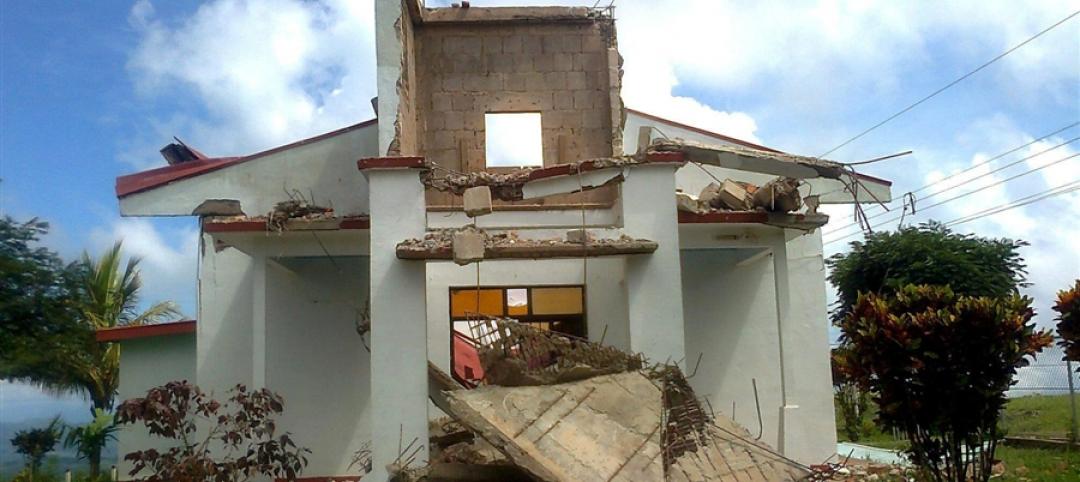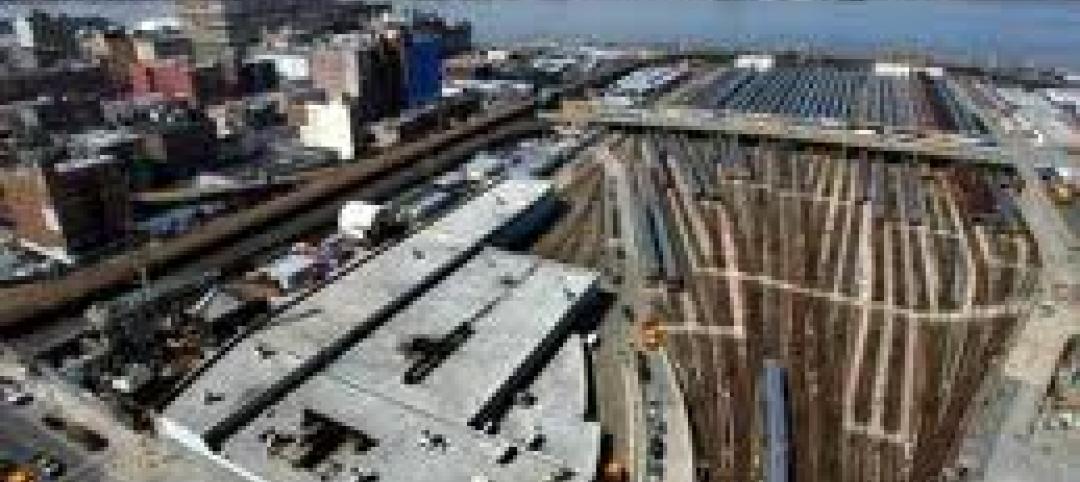A report by the New Buildings Institute highlights where LEED certification aids in the goal of achieving net zero energy.
“Getting to Zero Status Update and List of Zero Energy (“ZE”) Projects for 2018” is a digest of almost 500 certified, verified and emerging zero energy projects in the U.S. and Canada. The analysis shows that 70% ZE Verified projects are LEED-certified or registered with LEED. Most of those reached either Platinum or Gold certification levels.
A LEED v4 credit for projects that achieve increasing levels of energy performance beyond standard requirements encourages aggressive reductions in energy usage, the report says. More points are awarded proportionally with higher levels of improvement from the baseline. For example, a new construction project that demonstrates a 50% reduction in energy usage from the baseline has the opportunity to earn as many as 18 points.
Nearly all of the LEED Energy and Atmosphere credits support the advanced energy performance necessary for zero energy. LEED v4 requires and rewards energy efficiency through a whole-building energy simulation or prescriptive compliance with ASHRAE or other rigorous energy standards and methods.
Related Stories
| Sep 14, 2012
Worker killed in Brooklyn building collapse; overloaded floor decking blamed
One worker was killed after he and others plunged 40 feet through an unfinished upscale Brooklyn townhouse building.
| Sep 14, 2012
NRCA University offers photovoltaic class
NRCA University will offer a class called “Photovoltaic Roof Systems: Energizing Your Business” Oct. 16 in Philadelphia.
| Sep 14, 2012
Costa Rica’s strict building codes prevent major damage in powerful quake
The relatively little damage from a 7.6 earthquake was due in large part to strict building codes in Costa Rica, a country that has long enjoyed more stability, better governance, and stronger economic development than many of its Central American neighbors.
| Sep 14, 2012
Building codes should require continuous connection from roof to foundation, says IBHS chief
“One of the most effective ways to greatly increase a building’s strength and safety during hurricanes, tornadoes and straight-line windstorms is to be sure the building is tied together properly,” says Julie Rochman, president and CEO of the Insurance Institute for Business & Home Safety (IBHS).
| Sep 7, 2012
Related Companies and unions agree to wage-cutting deal on Hudson Yards
The Related Companies has won wage-cutting agreements with four dozen construction unions in its efforts to save money on the $15 billion development of Hudson Yards.
| Sep 7, 2012
Lorain, Ohio considers halting downtown construction while it works out development plan
Construction would stop downtown for six months while Lorain, Ohio officials consider a development plan for the city, according to new legislation.
| Sep 7, 2012
Business, labor groups push for easing of California’s Environmental Quality Act
Business and labor groups have combined forces to push for a change to California's Environmental Quality Act, specifically its complex review process for building and construction projects.
| Sep 7, 2012
Twenty years later, Florida contractors cite Hurricane Andrew as construction game-changer
Remarking on the 20th anniversary of Hurricane Andrew, which devastated south Florida; contractors are noting the storm’s impact on their industry—including the state’s adoption of tougher building codes.
| Sep 7, 2012
At risk for nine types of natural disasters, Texas trails most coastal states on building codes
Texas has the most diverse weather risk in the country, with exposure to nine different types of natural disasters.
| Aug 30, 2012
OSHA plans new crane-safety standards for demolition and underground work
The new rule will streamline OSHA’s standards by eliminating the separate cranes and derricks standard currently used for underground and demolition work.

















